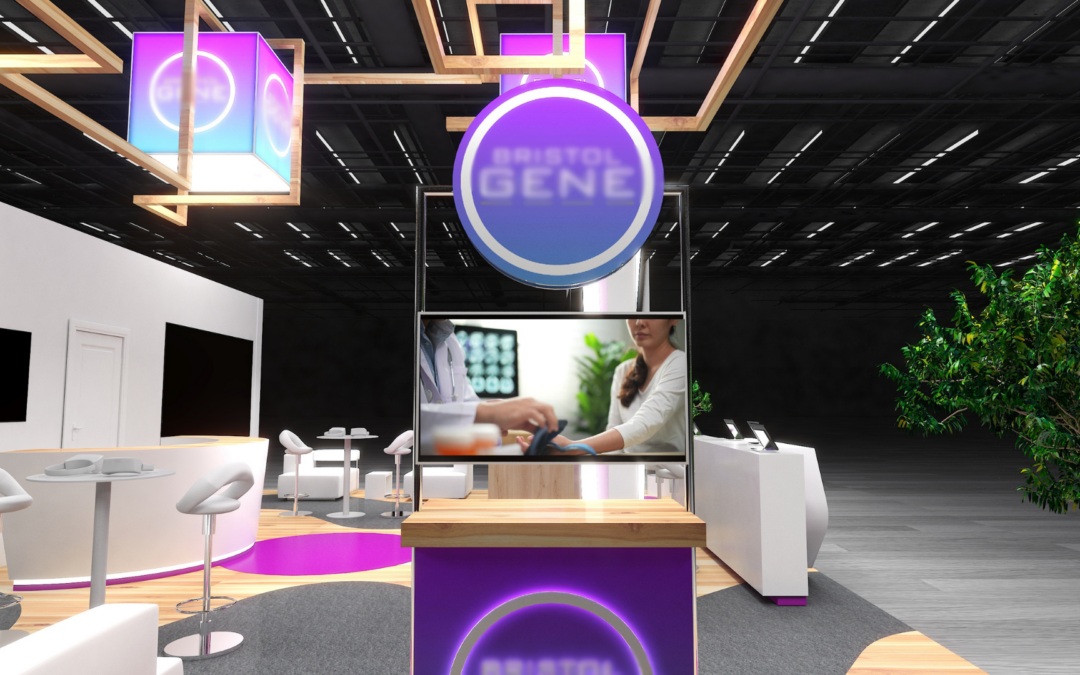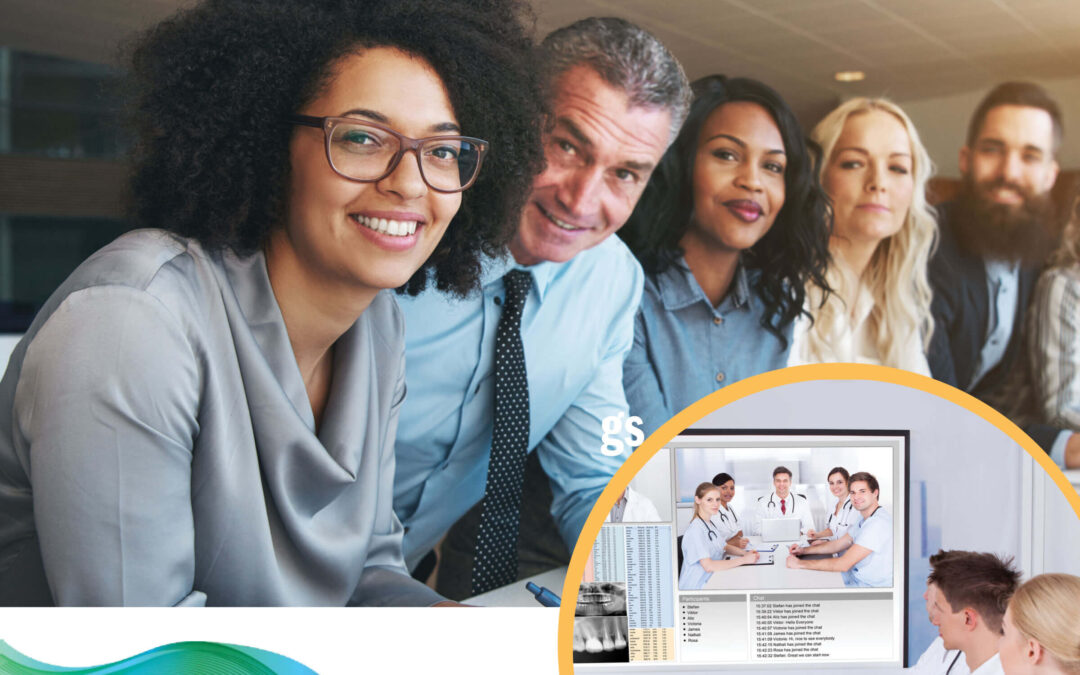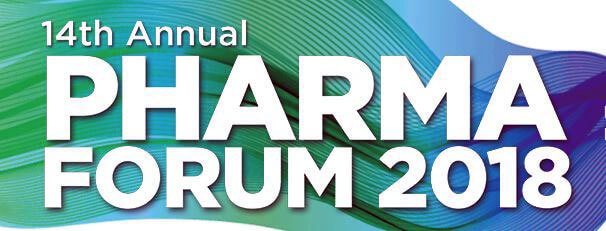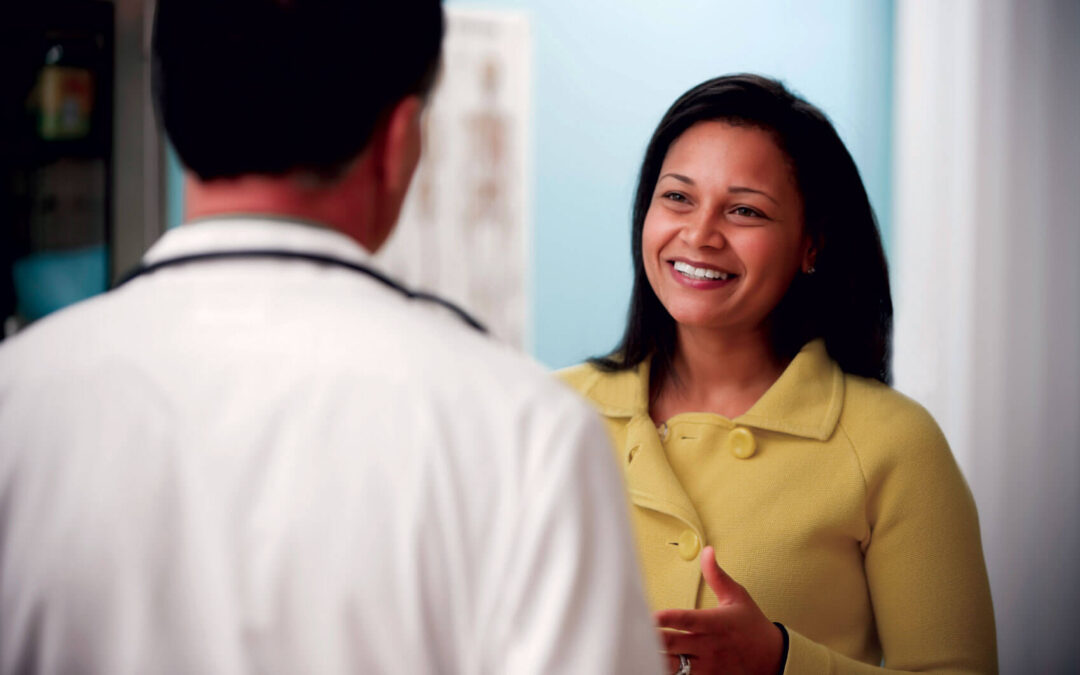
by Annie Fernandez | May 24, 2023 | Pharmaceutical meetings
In the world of meeting planning, the only constant is change, and that’s particularly evident when it comes to food and beverage meal caps when working with healthcare providers (HCPs). Below, we’re going to examine some highlights about HCP meal caps, including how...

by Annie Fernandez | Mar 6, 2023 | Pharmaceutical meetings
Healthcare congresses offer several important constituents the opportunity to educate, network, and explore the latest efficacy and safety on your drug. It also provides the opportunity to show the latest innovations and ground-breaking treatment options to thousands...

by levi_hb | Mar 8, 2019 | Pharmaceutical meetings
American Meetings, Inc. (AMI) is excited to be a corporate sponsor of the 15th Annual Pharma Forum being held March 24-27 at the Marriott Marquis in New York, NY. In addition, AMI will have a table in the exhibit hall where clients will visit and network with AMI...

by levi_hb | Mar 26, 2018 | Pharmaceutical meetings
American Meetings, Inc. (AMI) is excited to be a corporate sponsor of the 14th Annual Pharma Forum being held March 25-28 at the Philadelphia Marriott Downtown in Philadelphia, PA. In addition, AMI will have a table in the exhibit hall where clients will visit and...

by levi_hb | Nov 20, 2017 | Pharmaceutical meetings
Click here to download a guide with 11 Valuable Tips for Creating the Ultimate HCP Meeting Experience These days, it can be challenging to plan a meeting for healthcare providers that is truly memorable. It can be challenging, but not impossible. By keeping these tips...

by levi_hb | Sep 9, 2013 | Pharmaceutical meetings
As of Aug. 1, 2013, manufacturers of drugs, devices, biological products and medical supplies are required to collect information regarding payments, ownership, investment interests and other transfers of value to physicians over $10. This information must be...







